Underwater sea scooters have revolutionized marine exploration, allowing both experienced divers and novice swimmers to discover underwater worlds with ease. However, like any sophisticated equipment, proper maintenance is essential to ensure optimal performance, safety, and longevity. This comprehensive guide will walk you through everything you need to know about maintaining your sea scooter for years of trouble-free enjoyment.
Essential Regular Maintenance Tasks
Seal Integrity: The First Line of Defense
The watertight seals on your sea scooter, particularly the O-rings, serve as critical barriers against water intrusion. Establishing a regular inspection routine for these components is non-negotiable:
- Examine all O-rings monthly for signs of wear, cracks, or deformation.
- Apply silicone grease to maintain seal flexibility and effectiveness.
- Replace compromised seals immediately, as water penetration can cause catastrophic internal damage.
Battery Care: Powering Your Adventures
The battery is the heart of your sea scooter, and proper maintenance ensures reliable performance:
- Follow manufacturer's guidelines for charging cycles.
- Store batteries at approximately 50% charge when not in use for extended periods.
- Inspect battery connections for corrosion and clean with a soft brush if necessary.
- Consider investing in a spare battery for longer excursions.
Corrosion Prevention: Battling the Elements
Saltwater exposure represents one of the greatest threats to your sea scooter's components:
- Thoroughly rinse with fresh water after every use, especially in saltwater environments.
- Pay special attention to motor housings, propeller assemblies, and control mechanisms.
- Inspect regularly for early signs of corrosion, addressing issues promptly.
- Apply appropriate marine-grade protective coatings when recommended.
Comprehensive Maintenance Schedule
After Each Use
- Drain all water completely from the unit.
- Rinse thoroughly with fresh water.
- Wipe down external surfaces with a soft, clean cloth.
- Inspect visually for any damage or wear.
- Allow to dry completely before storage.

Monthly Maintenance
- Check all O-rings and seals for integrity.
- Inspect battery connections and terminals.
- Examine propeller and motor housing for debris or damage.
- Verify that all screws and fasteners remain tight.
- Test operational controls for proper function.
Seasonal Maintenance
- Perform a complete disassembly (if user-serviceable).
- Clean all components thoroughly.
- Replace any worn parts, including O-rings and seals.
- Apply recommended lubricants to moving parts.
- Perform a battery health assessment.
Storage Best Practices
Proper storage significantly impacts your sea scooter's longevity:
- Store in a cool, dry location away from direct sunlight.
- Maintain partial battery charge during extended storage periods.
- Position the unit to prevent pressure on controls or propeller.
- Consider using a dedicated storage case for protection.
- Avoid storage in areas with extreme temperature fluctuations.
Related reading: How to Take Care of Your Underwater Scooter?
Advanced Maintenance Considerations
Performance Upgrades
For enthusiasts seeking enhanced performance:
- Research manufacturer-approved component upgrades.
- Consider professional servicing for complex modifications.
- Maintain detailed records of all upgrades for warranty purposes.
Troubleshooting Common Issues
Addressing problems early prevents more serious complications:
- Reduced operating time often indicates battery issues.
- Decreased thrust may signal propeller damage or motor wear.
- Unusual noise typically points to debris in the propulsion system.
- Slow response from controls can indicate electrical problems.
Professional Servicing Guidelines
Know when to seek professional assistance:
- Annual professional inspection is recommended for heavily used units.
- Seek immediate service for any water intrusion events.
- Professional recalibration may be necessary after significant impacts.
- Factory service is advisable for units approaching end of warranty.
Environmental Considerations
Responsible maintenance practices protect our oceans:
- Use environmentally friendly cleaning products.
- Dispose of batteries and components according to local regulations.
- Consider upgrades that improve energy efficiency.
- Maintain proper performance to minimize environmental impact.
FAQs
Q: How often should I check the seals on my sea scooter?
- Inspect the O-rings and seals monthly for wear, cracks, or deformation, and apply silicone grease to maintain their effectiveness.
Q: How should I store my sea scooter when not in use?
- Store it in a cool, dry place, away from direct sunlight, and maintain a partial battery charge during extended storage periods.
Q: What should I do if my sea scooter isn’t working properly?
- If you notice reduced operating time, decreased thrust, or unusual noise, check for battery issues, propeller damage, or debris in the propulsion system. If needed, seek professional service.
Conclusion
A well-maintained sea scooter not only provides safer operation but also delivers consistent performance and extended service life. By following this comprehensive maintenance guide, you'll maximize your investment while enjoying countless hours of underwater exploration. Remember that preventative maintenance is always more cost-effective than repairs, making regular attention to your sea scooter's condition a worthwhile investment of time and effort.
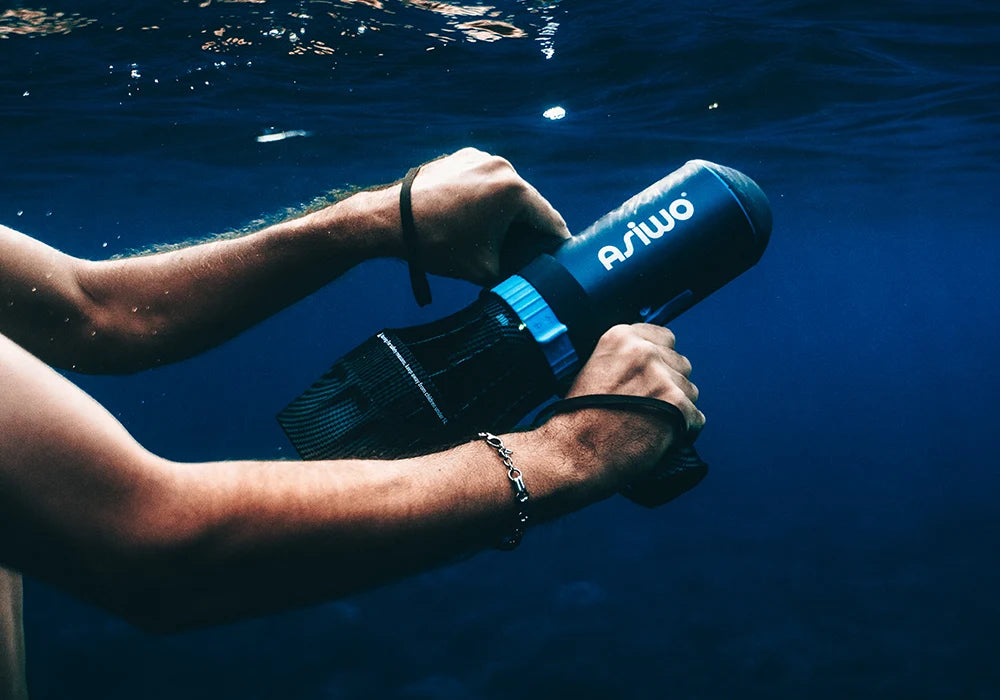




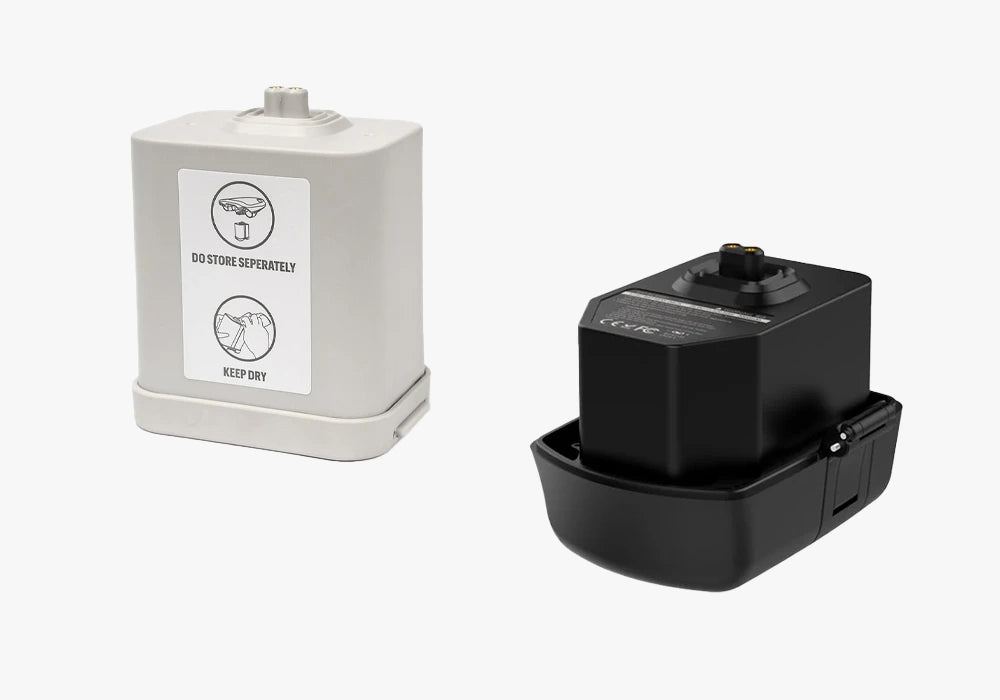




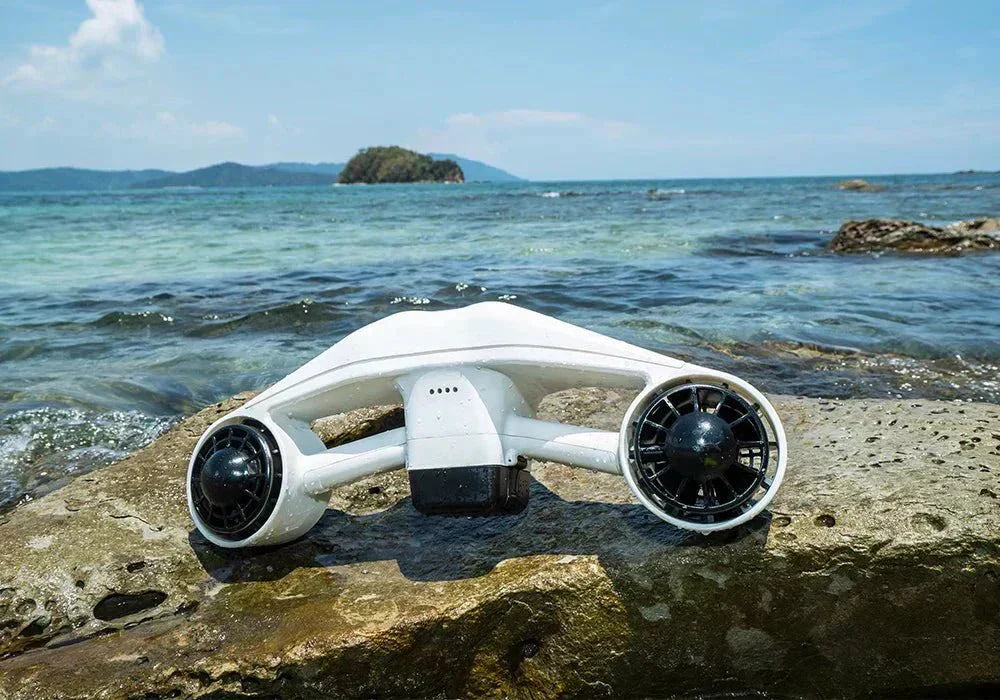
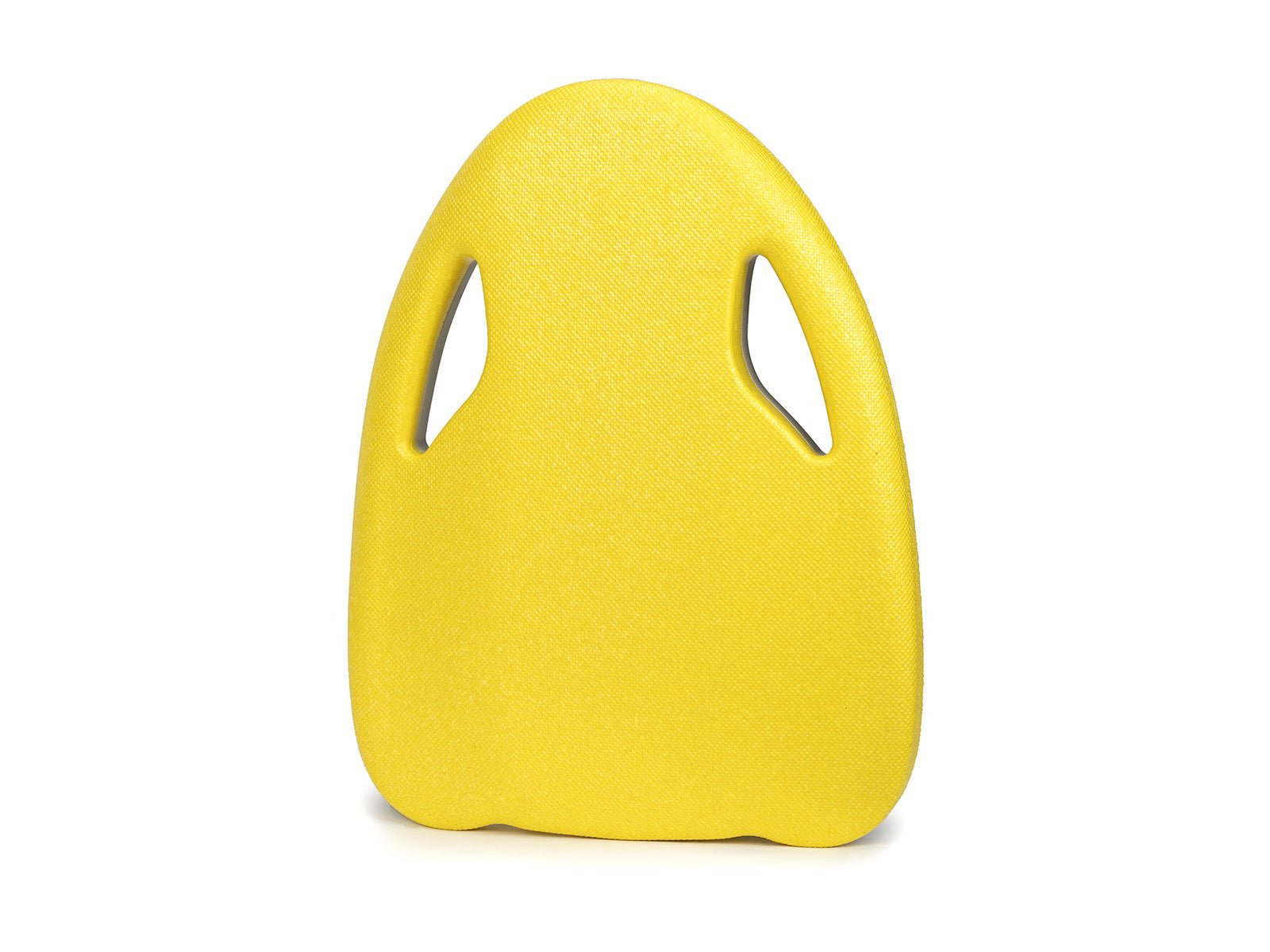
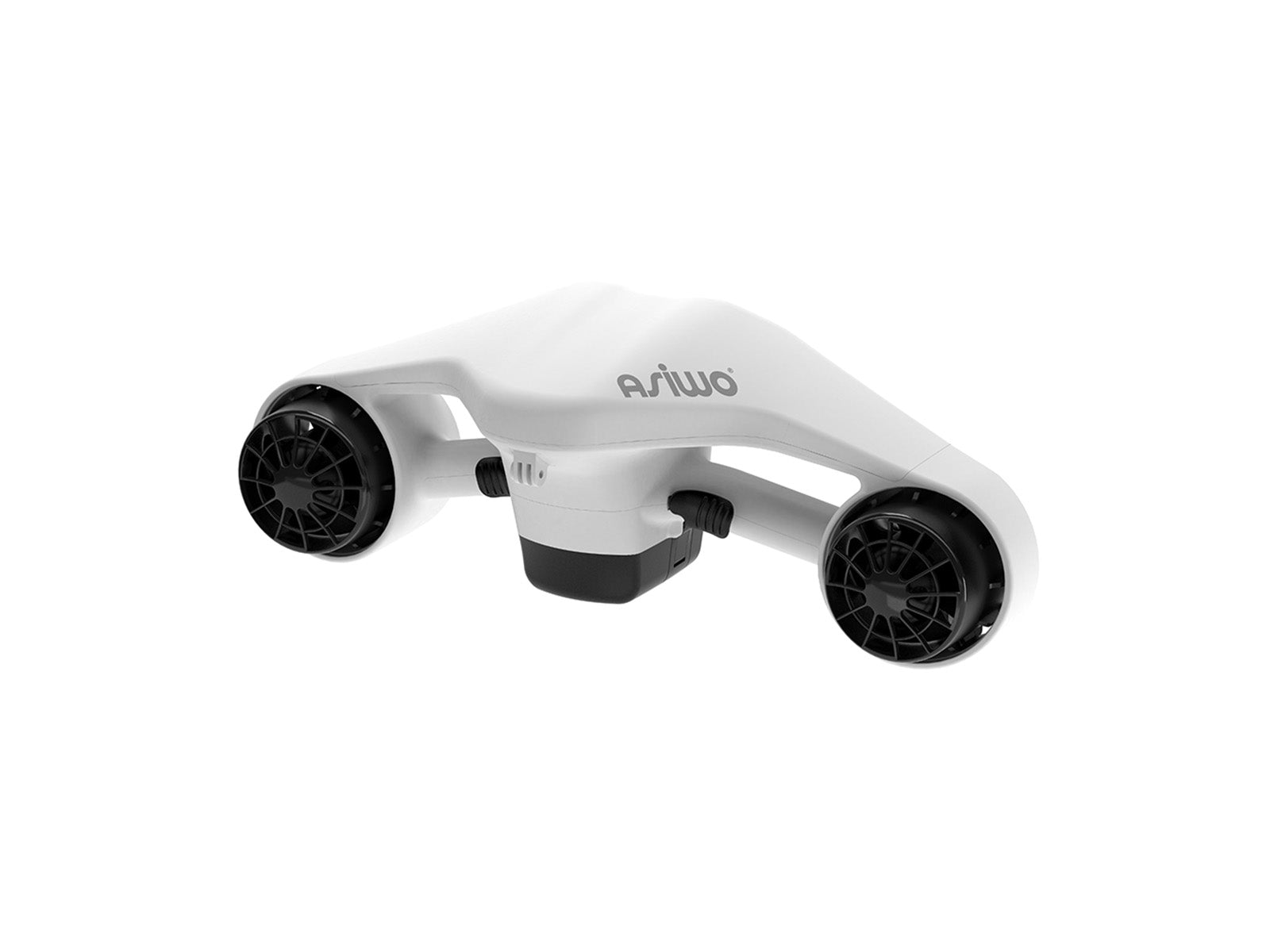
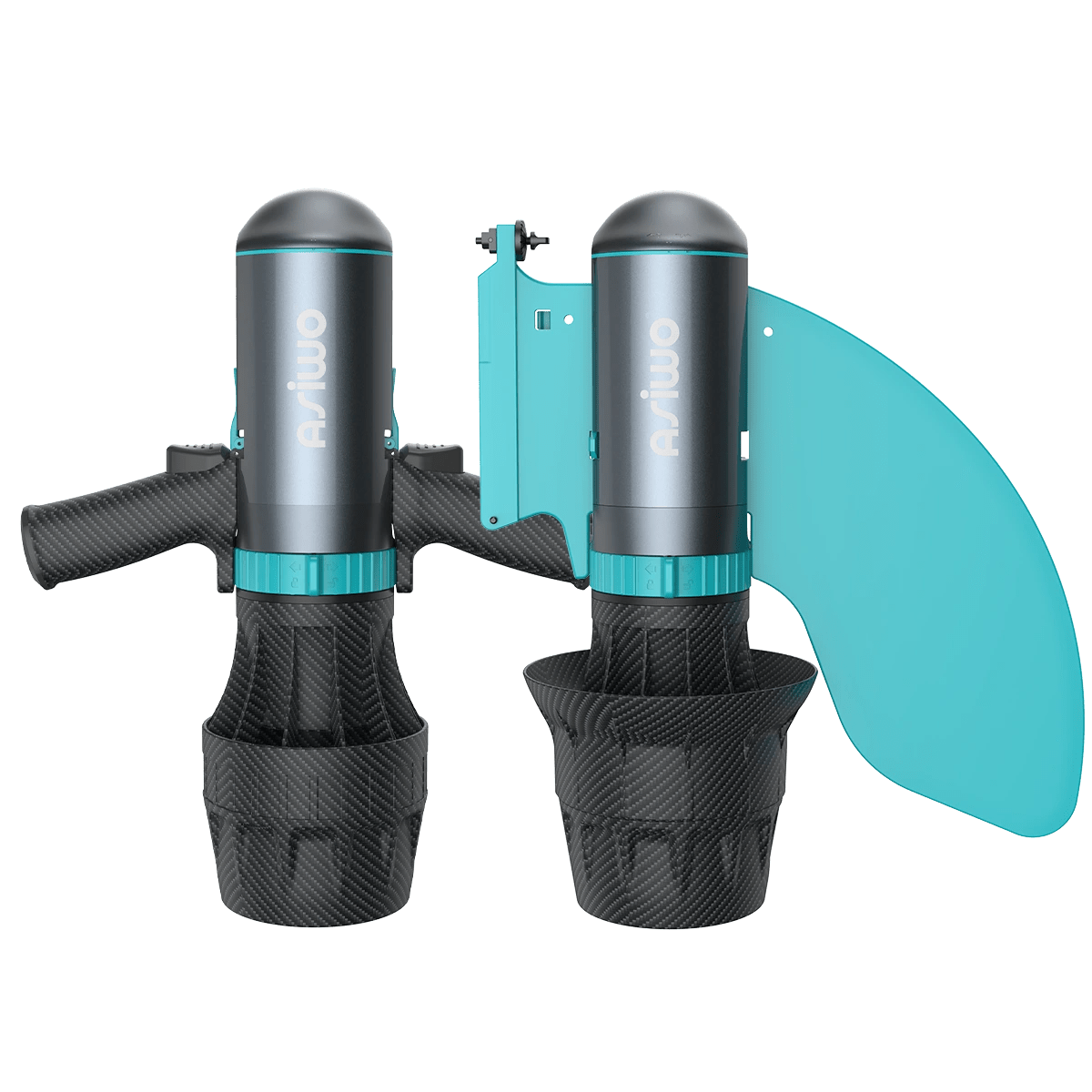


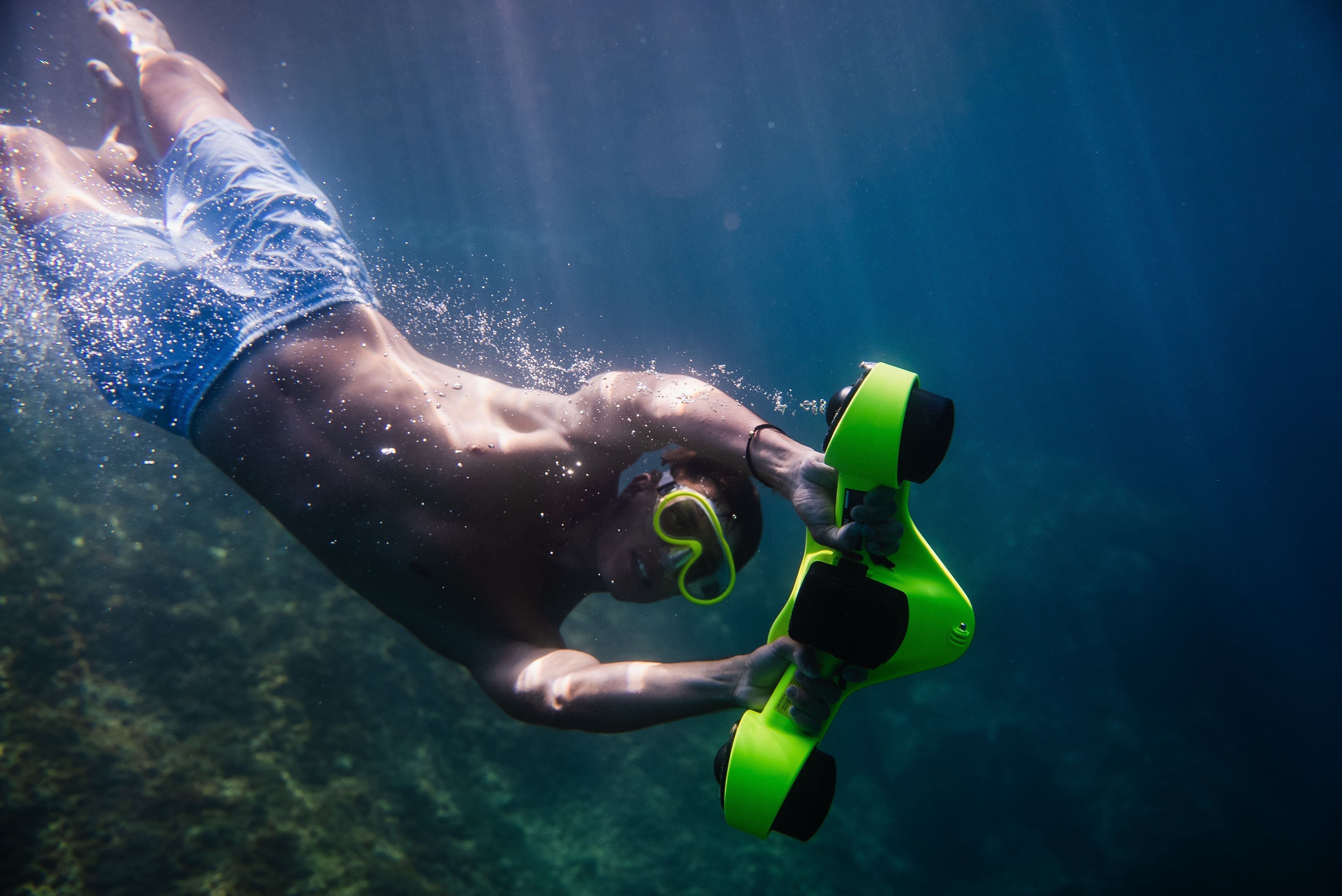
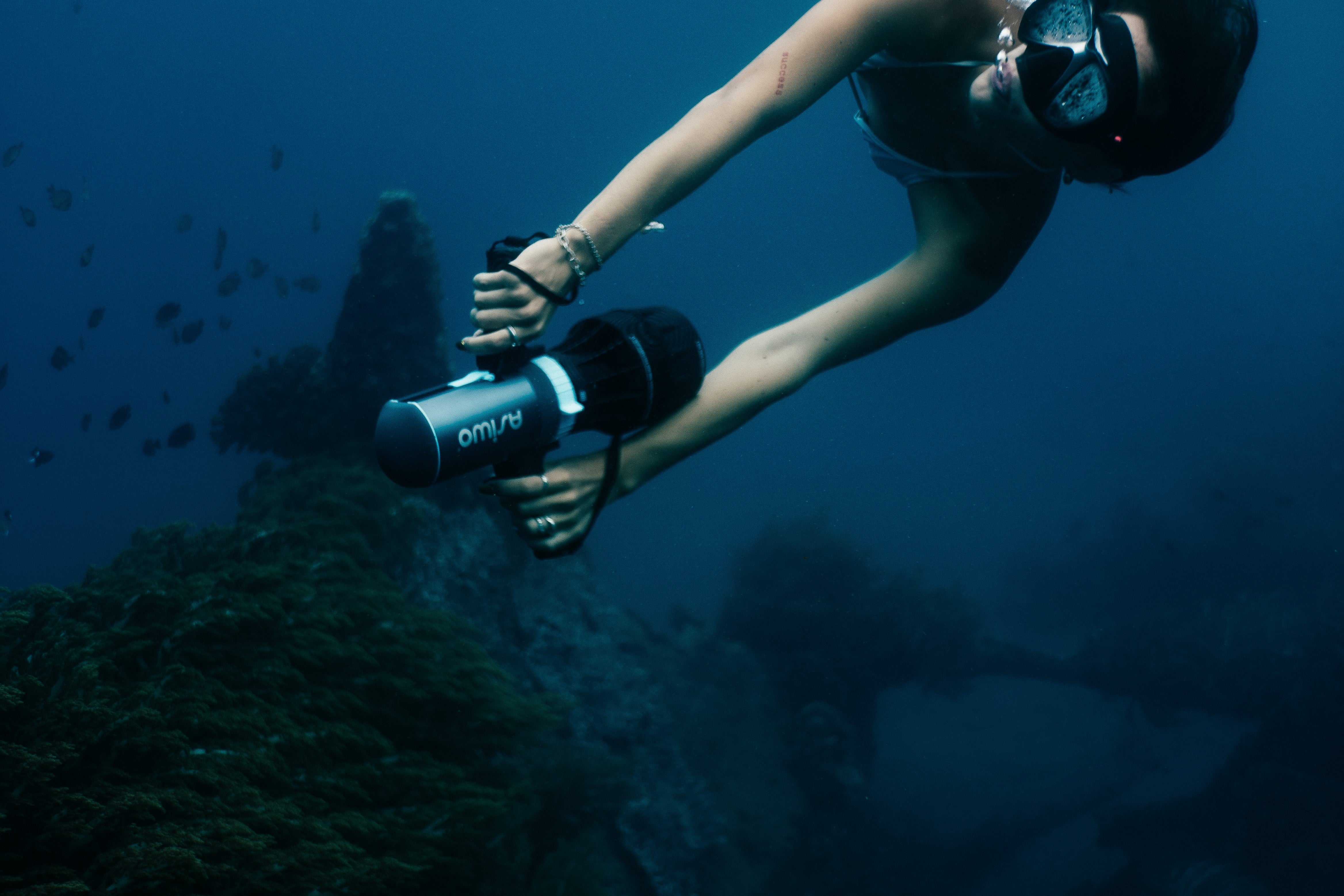
Lascia un commento